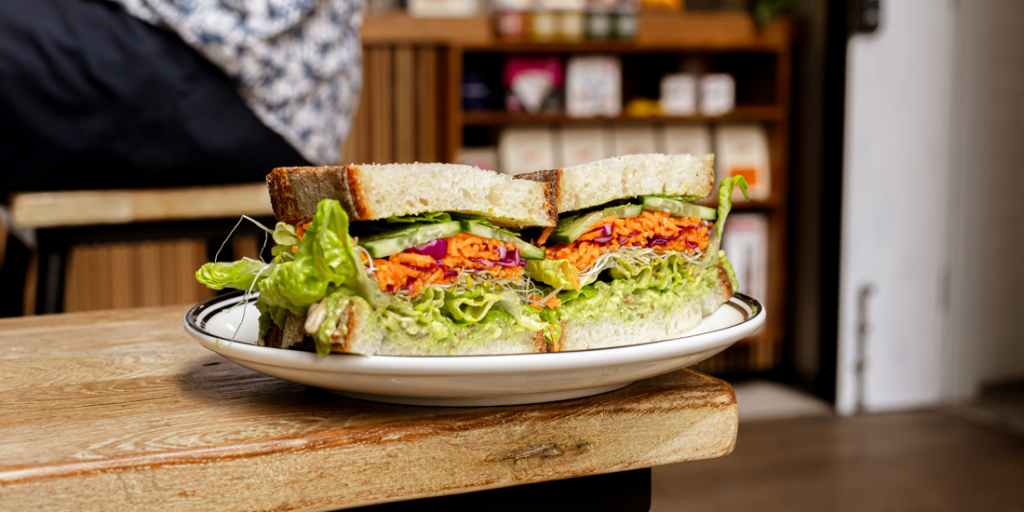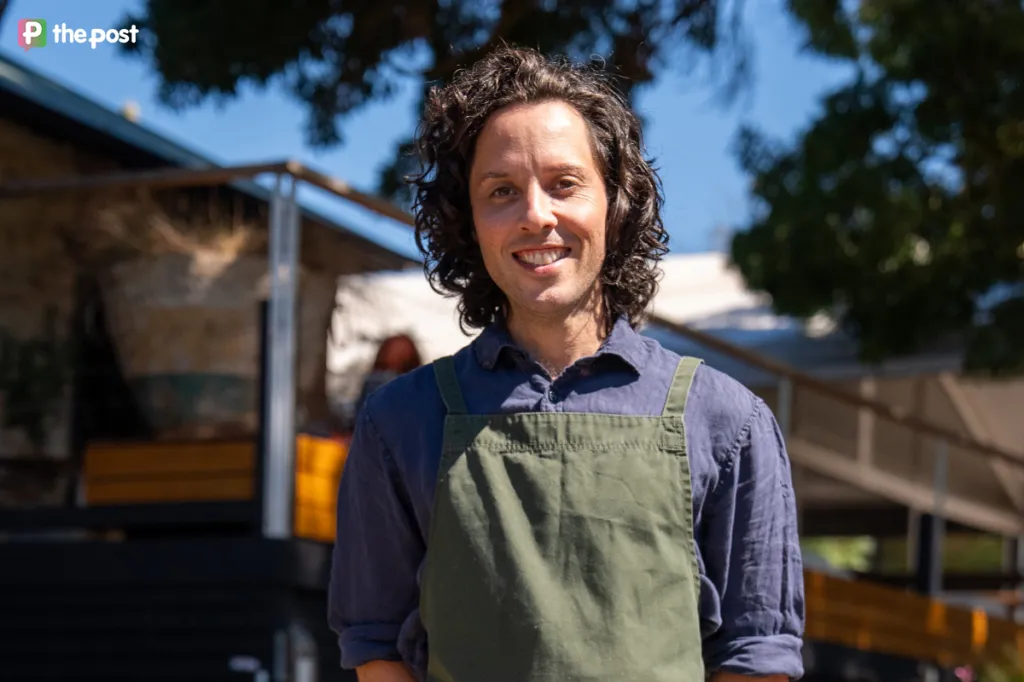As an obsessed amateur photographer, I spend too much time reading photography forums on the Internet. Not long ago, I came across a particularly plaintive discussion. “Let’s say, hypothetically, I’d like my future great, great grandchildren (and their offspring) to see some of my photos,” someone wrote. “Not necessarily hundreds or thousands of my photos. Maybe just a few.” What would it take to make this possible?
The responses piled up, full of cautionary notes. Pictures could be stored digitally, but there was a good chance that today’s files wouldn’t work on tomorrow’s computers. They could be stored physically (on archival paper, in archival boxes), but could still suffer from leaky basements or moving-day chaos. Ultimately, the biggest obstacle was attention, or the lack of it.
Why would your descendants care about your pictures? Lots of people have old photos showing long-dead relatives they can’t identify. The bottom line seemed to be that, if you weren’t a great artist, or didn’t photograph moments of historical importance, then your photos would die with you.
After reading, I scrolled through my own collection of photographs. I have roughly ten thousand stored in Adobe Lightroom (the program I use to edit my photos), and thousands more squirrelled away on various hard drives and cloud services.
I also have boxes of prints and binders of film negatives here and there. Although I’ve been photographing seriously since my twenties, the pace of my production has increased markedly since I’ve had kids;
I’m now adding a little more than two thousand pictures a year to my archive. This suggests that, by the time I’m eighty, I’ll have about a hundred thousand photos in my hoard—three times as many as are held by the Museum of Modern Art.
Perusing my photo library, I sensed in its scale an element of the absurd—a quality that the philosopher Thomas Nagel associates with “a conspicuous discrepancy between pretension or aspiration and reality.” It’s absurd when “someone gives a complicated speech in support of a motion that has already been passed,” he writes, or when, “as you are being knighted, your pants fall down.”
I’m no Sally Mann or Steve McCurry, and yet I’m amassing an expansive visual account of my life. My pictures are well considered, and made with fancy equipment, and even with some imaginative and physical effort—it’s not so easy to photograph a water-gun fight in the pool!—but they are fundamentally ordinary. Photographs don’t have to be art: in a recent book, the critic Nathan Jurgenson explored the rise of “social photos”—the immediately sharable dressing-room selfies, appetizer snapshots, and view-from-the-hotel-balcony landscapes that aren’t meant to be art works but are, instead, “about developing and conveying your view, your experience, your imagination in the now.”
But, even though I share some of my photos with family and friends, they aren’t social. They’re made for broadly artistic reasons, even though they’re just everyday photographs.
Stay informed, daily
Taking pictures of the same things over and over can emphasize the rhythms of existence. Every evening, on the way home from work, I pass the same red-and-white fire hydrant, which is set into some reedy bushes on a little promontory overlooking a harbor. I often stop to take a picture of it: its red registers as warmer in summer and cooler in winter, and its white adopts the yellow of scorched grass in late summer and fall.
People’s faces also change with the seasons: photographing my family on the lawn can be difficult in summertime, because the strong light reflecting off the grass can give their complexions a greenish cast, lessened only at what photographers call “golden hour”—that time in the late afternoon when the sun casts an amber glow. Warm or cold, green or yellow, and bluish-white in winter: these sorts of ambient colors change cyclically, through all four seasons.
Repetition is constant on a smaller scale, too. Last month, I noticed my kids smiling at each other through a window; my son was outside, my daughter was inside, and the early evening light illuminated them both without creating troublesome reflections on the glass. I didn’t have my camera within reach, but I took the picture in my head, and I was able to get it for real a couple of days later, when the same scenario unfolded at the same time of day.
Once people do things, they often keep doing them—all you have to do is wait. This is both photographically and existentially reassuring. Parents love pictures of kids blowing out birthday candles, but such brief moments are hard to capture; luckily, if you miss it this year, you can get it next year.
I think with some regularity of a remark made by the British-Irish comedian Jimmy Carr, who once told an interviewer that the meaning of life was “enjoying the passage of time.” Everyday photography, with its implicit emphasis on what recurs, makes enjoying the passage of time a little easier.










